The Nanh Pagoda Festival (Phap Van) is one of the unique traditional festivals of Hanoi , not only an occasion to commemorate the merits of the gods but also contributes to preserving long-standing cultural values, connecting the community, and enriching the spiritual life of the people.
Nanh Pagoda is located in Ninh Hiep Commune, Gia Lam District, after merging with the administrative unit of Phu Dong Commune, Hanoi City. The reason why people named Nanh Pagoda is because in the pagoda there is a statue of Buddha Phap Van, often called by the ancients as the statue of Ba Nanh.
Nanh Pagoda, also known as Chua Ca, or Phap Van Tu, is the largest of the three pagodas in Nanh village, along with Khanh Ninh Pagoda built in 1664 and Dai Bi Pagoda built in 1673.
The ancient, quiet temple has high historical and artistic value.

According to legend, Nanh Pagoda was built during the Ly Dynasty and is one of the four largest pagodas in the country, along with Dau Pagoda (Bac Ninh), Keo Pagoda ( Thai Binh ), and Dau Pagoda (Hanoi).
This is also one of the four pagodas associated with the worship system of the “four dharma”: Phap Van, Phap Vu, Phap Loi, Phap Dien - the gods representing important elements in agricultural production (clouds, rain, thunder, lightning). In addition, the pagoda also worships the founder of the medicinal profession, because Ninh Hiep is famous for its long-standing medicinal herbs trading profession.
Nanh Pagoda looks very ancient with its low architecture and old mossy tiled roof. The temple gate is built solidly, with 2 floors, arched style, made of green stone. The temple is located on the land of "dragon and tiger", with a scale of 100 rooms, including the following items: Water pavilion, three-door gate, front hall, three-door shrine, left wing, right wing, Ancestor's house, Mother's temple. In front of the temple is a large yard, opposite is the water pavilion with 2 floors and 8 roofs built in the 18th century on a small pond, which is the place for water puppetry performances during the annual festival.

Nanh Pagoda has a “cong” architectural style, with a 7-compartment, 2-door front hall, a 6-compartment incense-burning hall and a 3-compartment upper hall. Standing out in the whole is the front hall with a rare architecture, with the two sides being the bell tower and the gong tower built in a symmetrical overlapping style. The two corners of the roof are high, each corner has 4 roofs with curved ends. Between the 2 corners are a pair of dragons facing a large moon, creating a majestic and imposing overall architecture that is still close to everyday life. The rafters are made in the style of “upper beam, lower beam”.
The 6-compartment incense burning house is located behind the Front Hall, overlapping with the 3 upper halls. The upper hall has a foundation 1m higher than the surrounding structures. Connecting the 2 sides of the Front Hall down to the Mother Temple are two rows of houses for disarming, creating a closed temple in the style of internal public, external private. About 200m from Nanh Pagoda, there is also Thach Sang, a stone platform located with an incense tree placed in an eight-roofed house, built in 1733. Legend has it that this was the residence of Khau Da La when he came to our country to preach - the 6th century.
Today, Nanh Pagoda still preserves many precious antiques such as a system of 116 ancient Buddha statues, including Buddha statues, Mother Goddess statues, and Queen Mother statues meticulously and elaborately crafted, bearing the artistic age of many eras, from the 16th to the 19th century, of which the most famous is the set of Three Buddha statues crafted in the 16th century, bearing the bold style of sculpture of the Mac Dynasty. Each statue is 0.80m high, placed on a lotus throne and a 0.70m high pedestal.

Along with Tam The, there are also many very precious statues with high artistic value such as Tuyet Son statue, Bat Bo Kim Cang statue, Thap Dien Minh Vuong statue, Thap Bat La Han statue..., among which, the statue of Ba Nanh, also known as Phap Van Bo-tat is the most unique statue, preserving evidence of the early period when Buddhism first began to be introduced to Vietnam.
In addition, Nanh Pagoda also has many relics of the 17th and 18th centuries such as a bronze bell (1653), a bronze gong (1733), three stone steles, genealogy, and royal decrees of the Mac-Le-Tay Son-Nguyen dynasties.
Not only is it an ancient pagoda with many cultural and artistic values, it is also an important historical relic. In 1907, at Nanh Pagoda, a branch of the Dong Kinh Nghia Thuc movement led by Mr. Cu Huyen was established.
Also at Nanh Pagoda, comrades Hoang Van Thu, Truong Chinh, Hoang Quoc Viet, and Nguyen Luong Bang established their revolutionary base from 1942 to 1945. In 1989, Nanh Pagoda was ranked as a national architectural and artistic relic by the Ministry of Culture, Sports and Tourism.
Nanh Pagoda Festival - a unique and distinctive feature of the Northern countryside
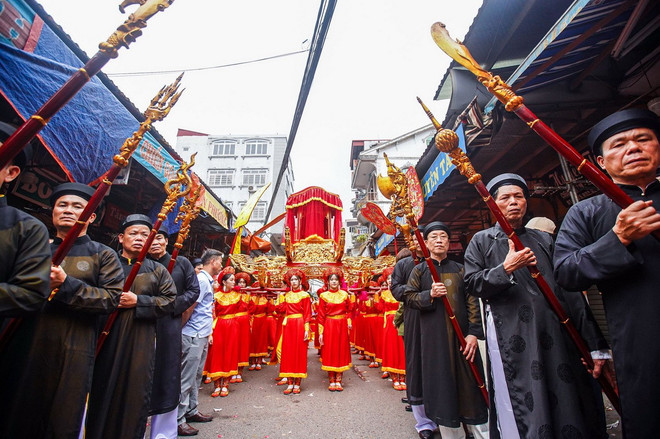
Nanh Pagoda Festival is one of the unique festivals in Hanoi with many traditional folk rituals and activities, held from the 4th to the 6th of the second lunar month every year.
The unique feature of the Festival is the series of traditional rituals that are solemnly organized and rich in symbolism such as: the procession of Yin; the procession of Buddha and Saints; the six-offering ceremony, the incense offering ceremony, the flower offering ceremony, the closing ceremony with a procession of the god Khau Da La from Thach Sang (the ancient resting place of the god Khau Da La) to the pagoda... especially the ceremony of raising the flagpole, setting up the flagpole, and the circumambulation around the flagpole.
Each ritual is associated with a story bearing the historical and cultural imprint of the ancient Kinh Bac region; clearly demonstrating the process of Buddhism integrating into indigenous beliefs, forming a Buddhist sect with Vietnamese characteristics.
The Yin procession takes place at midnight from the 6th day of the second lunar month. According to regulations, when performing the Yin procession, participants are not allowed to talk, and the drums and men must be covered with cloth. The drummers of the drums and men can only use their hands to hit the drums, ensuring that they only make a "bang bang" sound to signal the way. All households on the route performing the Yin procession from Nanh Pagoda to Thach Sang relic must turn off their lights when the procession passes by.
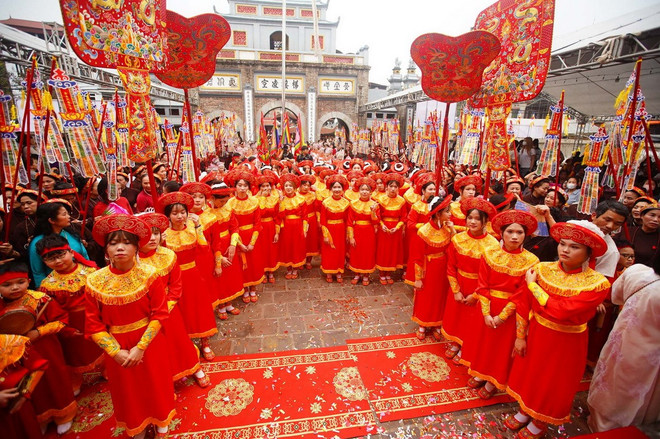
The phan raising custom is related to the legend of the phan flag. According to tradition, only village boys over 18 years old can participate. This ritual has a profound meaning of nutrition, affirming that the prosperity of the village depends on the correct lifting of the phan. The phan is a bundle of about 60 bamboo trees with the whole trunk and top intact, so it takes good health and practice to lift the phan. The phan raising custom not only demonstrates physical strength but also a competition of skill, solidarity and cooperation of the community. The phan raising custom in the Nanh Pagoda festival is considered an important feature, creating a unique "brand" for the Nanh Pagoda festival.
During the festival years (every 5 years), the pagoda also has a calligraphy ceremony. The villagers choose about 20 young women wearing black loose skirts, pink four-panel shirts, heads wrapped in scarves, and holding paper fans. First, they perform respectful movements to worship Buddha, then perform many graceful dance movements to the rhythm of music, drums, gongs, wooden fish... Then they run along the predetermined Chinese characters, and when they stop, they form words, usually representing Chinese characters with few strokes but meaningful such as: "Mother of the world" or "Peace in the world"...
Not only the ceremony is lively, the festival at Nanh Pagoda is also very attractive with folk games, expressing the beliefs of the people, especially games related to wet rice agriculture in the Red River Delta such as praying for rain, praying for water, praying for fertility, traditional wrestling, Quan Ho singing, Tuong singing, calligraphy writing... attracting thousands of people and tourists from all over to attend.

In the evening, the front porch of the temple becomes a stage for performances of Cheo and Tuong; on the lake in front of the temple's Tam Quan gate, there are Quan Ho singing and boat rowing; in the temple yard, there are chess competitions; flagpole lifting competitions...
Through many historical changes, the traditional festival of Nanh Pagoda has always been preserved and maintained by the people of Ninh Hiep according to rituals, creating the lasting vitality of the festival. This is the gratitude of the community to the ancestors; those who have contributed to building the country, protecting the village, opening the land and preserving the life of beliefs that have existed for thousands of years.
After being recognized as a National Intangible Cultural Heritage, Vice Chairman of the People's Committee of Phu Dong Commune Nguyen Dinh Quang said that to promote the value of the Nanh Pagoda Festival, the locality will continue to do a good job of managing and preserving the cultural heritage of the Nanh Pagoda Festival.
The commune will develop programs and plans to protect and promote the value of intangible cultural heritage in the area, including the Nanh Pagoda Festival, focusing on promoting and introducing heritage, researching, collecting and documenting heritage in a systematic, modern and creative way; strengthening the transmission and education of heritage in the community, restoring the components to maintain the vitality of the heritage; promoting the value of festivals associated with the development of cultural and spiritual tourism in the area.
The Nanh Pagoda Festival, which was honored as a National Intangible Cultural Heritage, will be a red address contributing to traditional education, a place for sightseeing, cultural and historical research of the Phu Dong land - an attractive tourist destination of the Capital./.
Source: https://www.vietnamplus.vn/bao-ton-va-phat-huy-gia-tri-le-hoi-truyen-thong-chua-nanh-post1064829.vnp



![[Photo] Binh Trieu 1 Bridge has been completed, raised by 1.1m, and will open to traffic at the end of November.](https://vphoto.vietnam.vn/thumb/1200x675/vietnam/resource/IMAGE/2025/10/2/a6549e2a3b5848a1ba76a1ded6141fae)






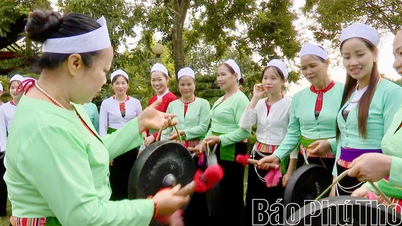

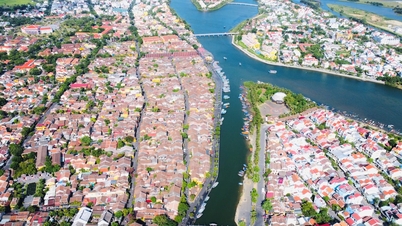






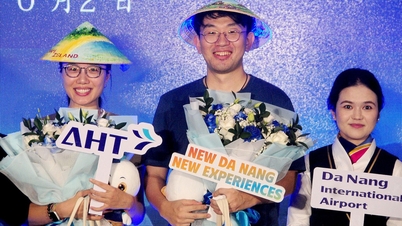


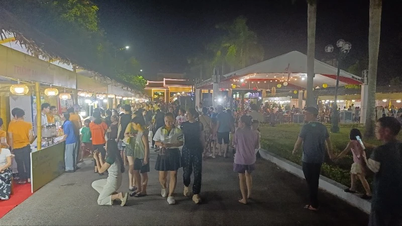

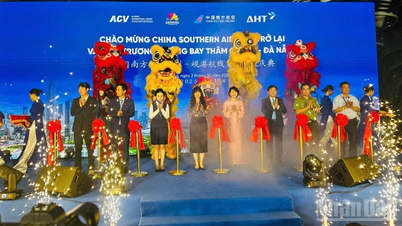
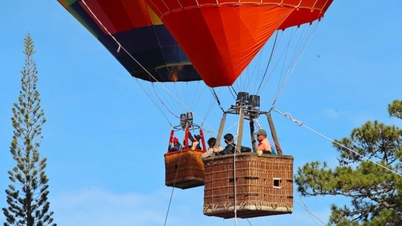






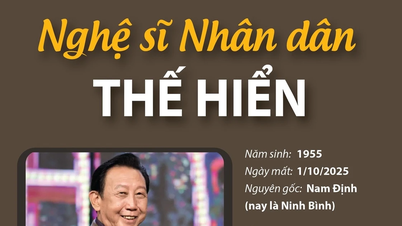
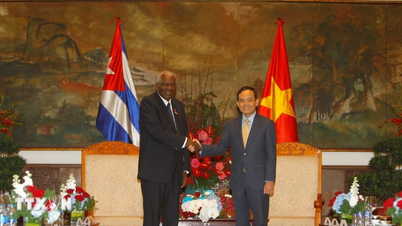


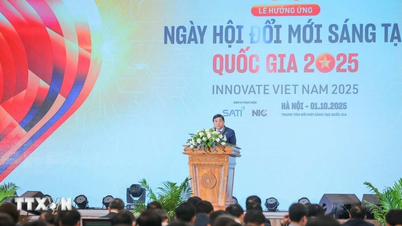

































































Comment (0)